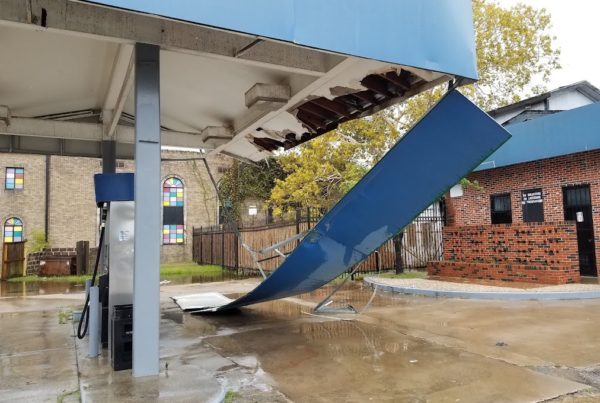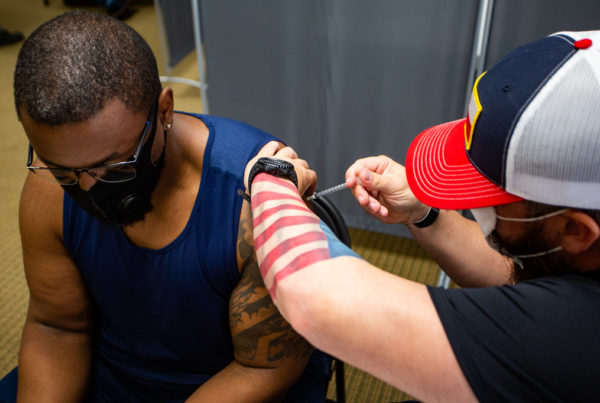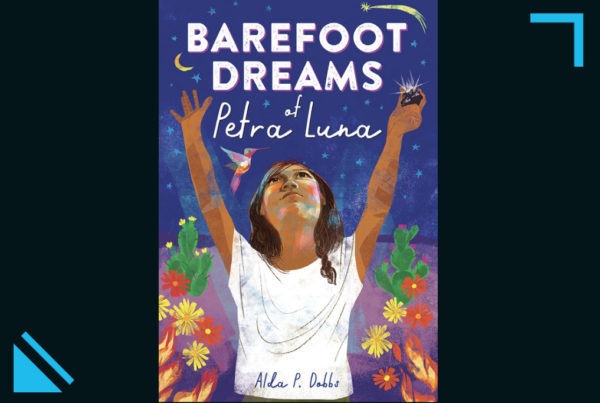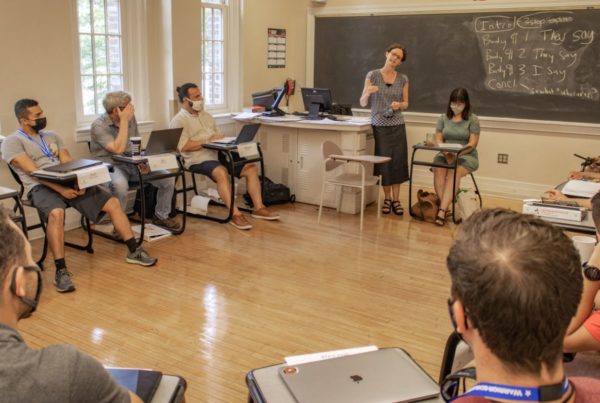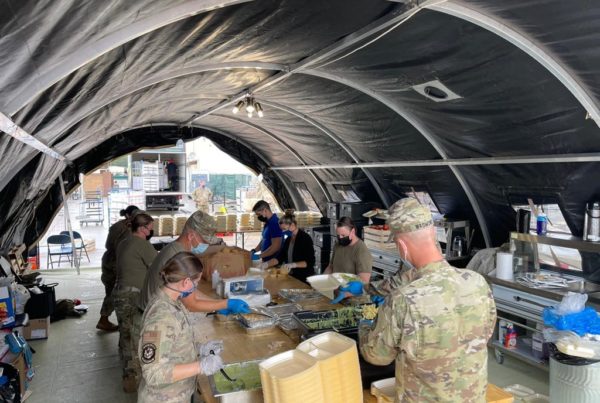Access to the internet can mean the difference between success or failure at school or at work – especially for people living in poverty. That’s been especially true as the COVID-19 pandemic kept people in remote jobs or classes, or away from work altogether. In May, the federal government kicked off the Emergency Broadband Benefit program, or EBB, which provides a monthly subsidy for broadband access to people who qualify for federal anti-poverty programs or who have lost a job during the pandemic.
The Standard’s Shelly Brisbin says the program provides a monthly subsidy of $50 for internet access for most recipients.
“It’s $3.2 billion in total that funds those $50 broadband subsidies for people who already qualify for federal programs like Medicaid, SNAP [Supplemental Nutrition Assistance Program], Pell Grants and SSI [Supplemental Security Income],” Brisbin said. “And even those who lost jobs or were furloughed during COVID, and households where there is a child or a dependent who qualifies for free or reduced [school] lunch.”
The monthly subsidies are paid to broadband companies who provide home or mobile internet service to program participants. More than 1,000 providers, including national carriers like AT&T and T-Mobile, along with regional companies like Big Bend Telephone and Panhandle Telephone Cooperative, participate. The Federal Communications Commission’s (FCC) website has a full list of providers.
The program subsidy is $75 for recipients living in tribal lands, and some providers also offer discounts for the purchase of a tablet or computer.
As of Sept. 12, the FCC says 5.5 million people have signed up for the program. Texas has the second-highest number of participants, with 6% of the total. So far, some 10% of the available money has been claimed.
FCC officials say they’re working with a wide range of partner organizations, including the National Urban League, AARP and Boys & Girls Clubs to get the word out. A recent study found that Latino households have lower participation rates than the general population.
“There is an ongoing outreach to make sure that people are aware of this program, and it’s going to have to be a big one if they’re going to achieve the results that they want,” Brisbin said.
FCC acting Chairwoman Jessica Rosenworcel says that there’s also a misconception that lack of broadband access is primarily a problem in rural areas.
“Our image is someone in rural America,” she told Texas Standard. “But that’s not right. We’ve got lots of people in urban America who can’t get online right now, who don’t know about it, feel insecure about a monthly commitment or a new monthly bill. But those are the kids who are sitting in the fast food parking lot trying to do their homework at night.”
The infrastructure bill that’s working its way through the U.S. House of Representatives includes permanent funding for broadband subsidies, but it’s not clear whether that provision will survive the ongoing negotiations. The temporary program continues until the money runs out.
For more information about the Emergency Broadband Benefit, visit the FCC’s consumer FAQ page.




